Greetings, fellow adventurers! Wondering what a road trip and driving in Iceland in winter will be like? We give you the lowdown as your local car rental specialists here in Iceland so that you can live out all your road tripping dreams around the Land of Fire and Ice stress-free.
Whether you’re envisioning hunting down the Northern Lights, chasing frozen waterfalls down the south coast, or just playing road trip games and trying to see who can say Vatnajokull the quickest without your tongue tragically suffering a knot, we’ll be giving you the insider scoop to ensure a magical, memorable, and safe trip. So, buckle up for an insider look at driving in Iceland in winter.
Is It Safe to Drive in Iceland in Winter?
Many people considering a visit to the island during our colder season are interested in learning about the safety of driving in Iceland during the winter months. In general, it will be safe to drive in our winter conditions, but you need to be appropriately prepared, remain alert, and weather predictions should be taken seriously.
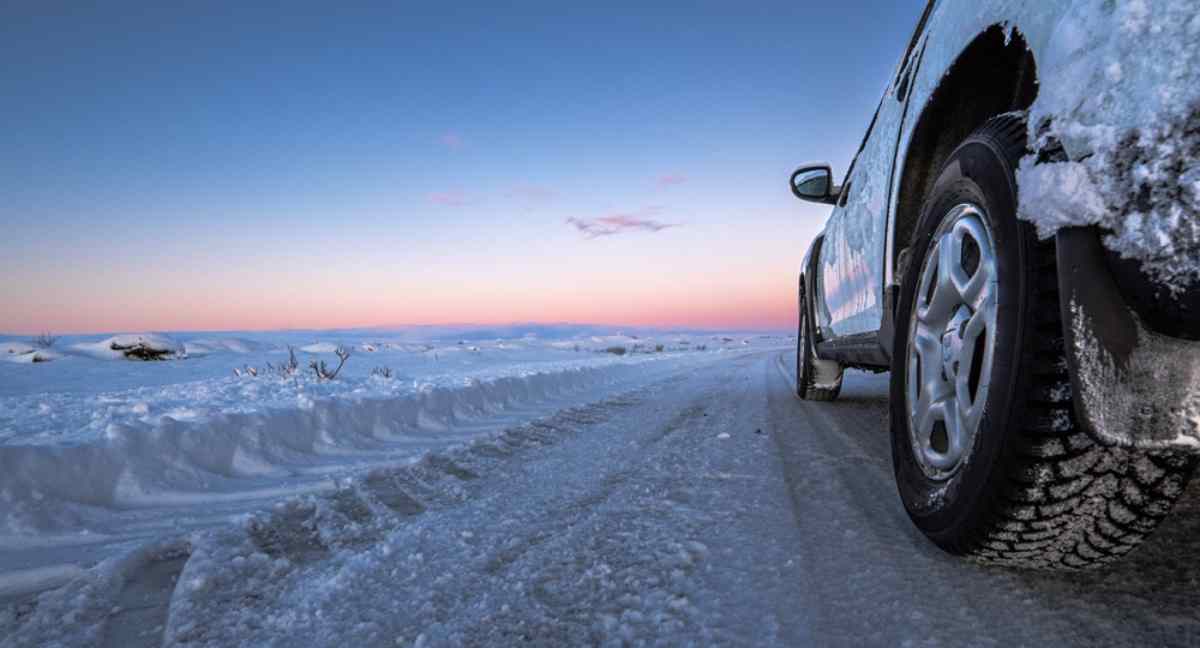
Driving in Iceland during the winter means encountering unexpected snowstorms, ice patches on the road, our legendary winds that have been known to rip car doors straight off their hinges, and so many hours of complete darkness that it can become the bucket-list destination for vampires.
So, while our winter wonderland looks like something straight out of a Christmas Hallmark movie, it comes with certain drawbacks that mean you will have to adapt to the driving conditions. However, having the right vehicle, a relaxed attitude, and, most importantly, our local knowledge, you will enjoy a stunning self-drive winter tour to Iceland.
Why Renting a Car in Winter is a Great Option
There are numerous advantages to having your own transport while exploring the Land of Fire and Ice. Here’s what you need to know:
Freedom Meets Solitude (at Affordable Prices!)
When you have your own transport to drive in Iceland in winter, you have total freedom to go wherever you want, whenever you want. There is no need to rush to get on tour buses or follow a strict schedule. And no one should prevent you from taking that 100th photo of the beautiful ice cave.
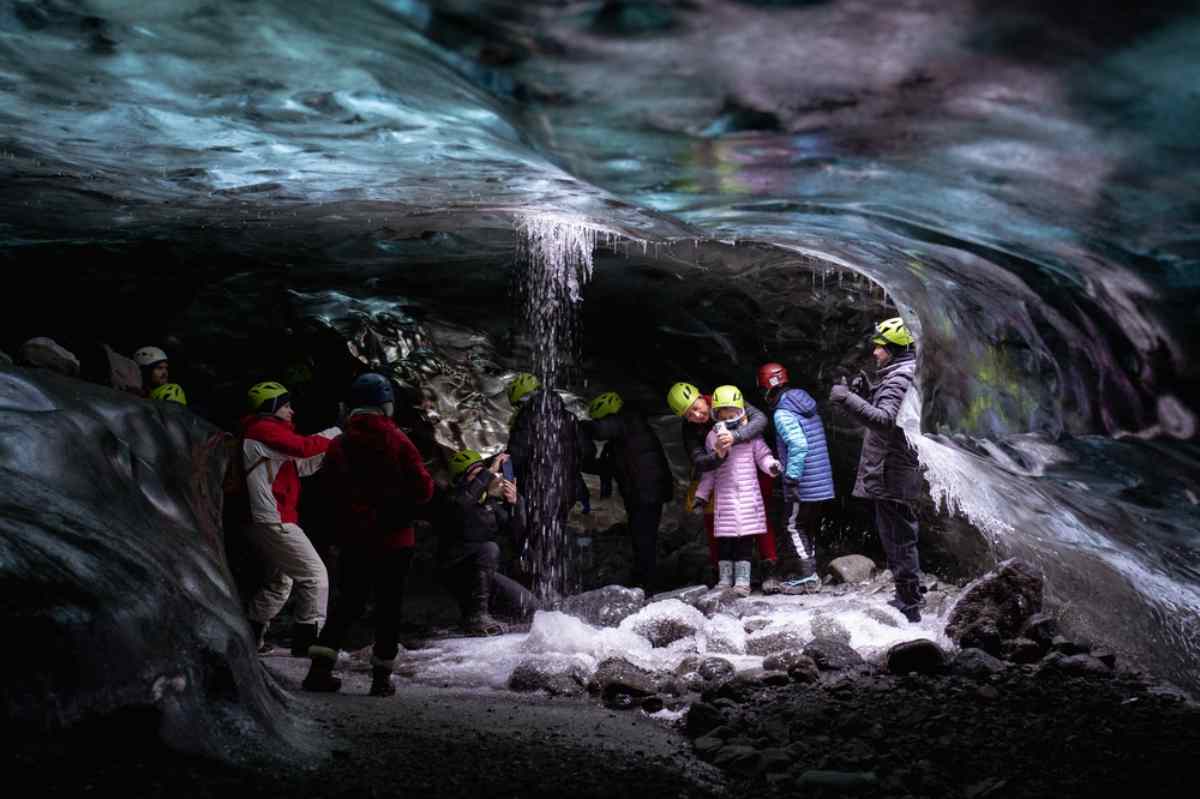
To top it all off, winter in Iceland (except for our busy festive period till after New Year's) is considered the off-season here on the island. This means no peak season crowds and no peak season prices, making it both peaceful and affordable to visit all our must-visit spots.
What Your Winter Vehicle Needs
Let's be clear: when it comes to driving in Iceland during winter, not all cars can handle it. Here's what you need to take on our winter weather and road conditions:
- A 4x4 or AWD. If you plan to travel outside cities like Reykjavik, and on roads other than our well-maintained main roads (especially if you’re planning on taking a few “roads less traveled”), then a 4x4 or AWD is the only way to go.
- Winter or studded tires. These are standard on winter rentals and will significantly assist you on icy roads. It’s also worth noting that having winter or studded tires in Iceland is legally mandatory between the months of November and April.
- Heated seats and steering wheel. Because nobody likes a cold bottom, right?
- Up-to-date safety features that include ABS, traction control, and access to roadside assistance (you can rest assured that the latter can come in the form of your rental agent, your insurance provider, and our emergency response teams).
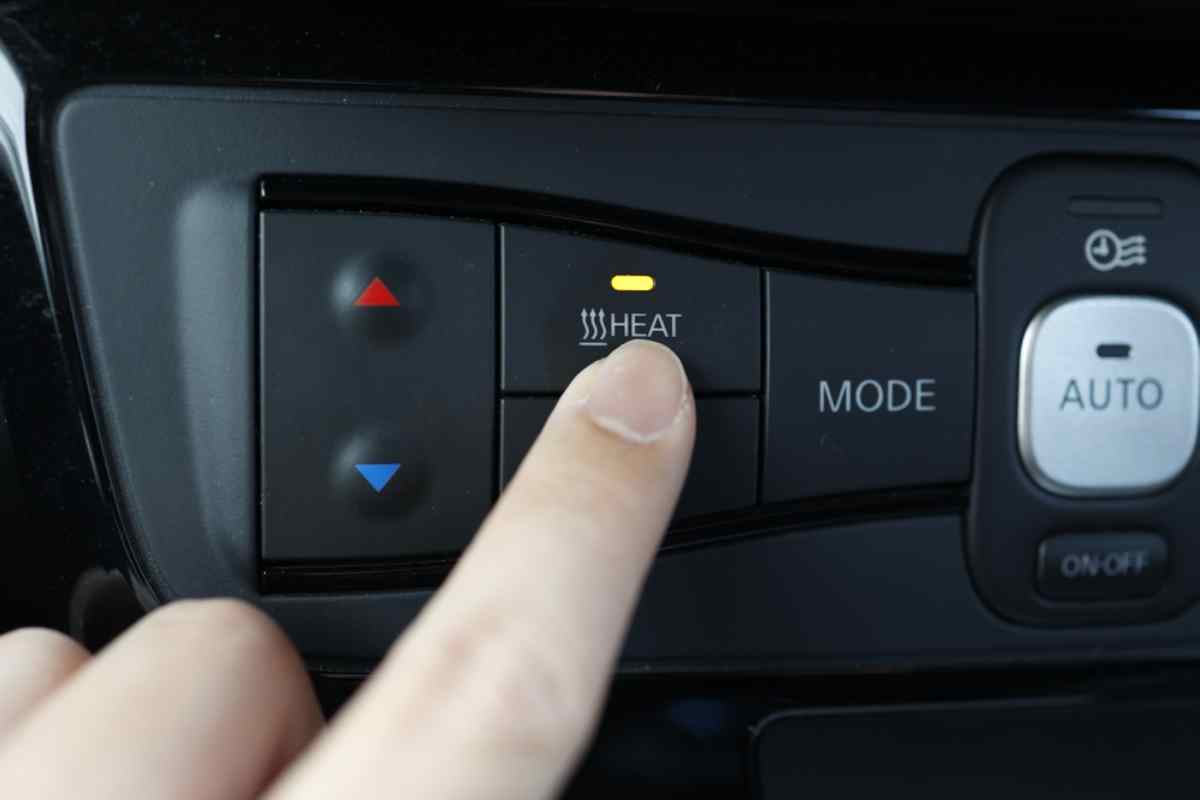
What to Expect From Icelandic Winter Roads
If this will be your first time experiencing our roads during the wintertime, here’s what you can expect:
Common Road Conditions and Hazards
Driving in Iceland in winter requires adapting your driving style to the weather and road conditions. Main roads, such as the Ring Road and the Golden Circle, are always well-maintained and properly plowed during the winter season. However, even these roads can become extremely icy during storms.
When you start moving north, where the weather conditions tend to be much harsher, road conditions can be hit even more severely. Of course, when you hit our more off-the-beaten-path gravel roads (even the well-maintained ones), things can become a tad more challenging.
The following are some conditions you may encounter here in Iceland during your winter stay:
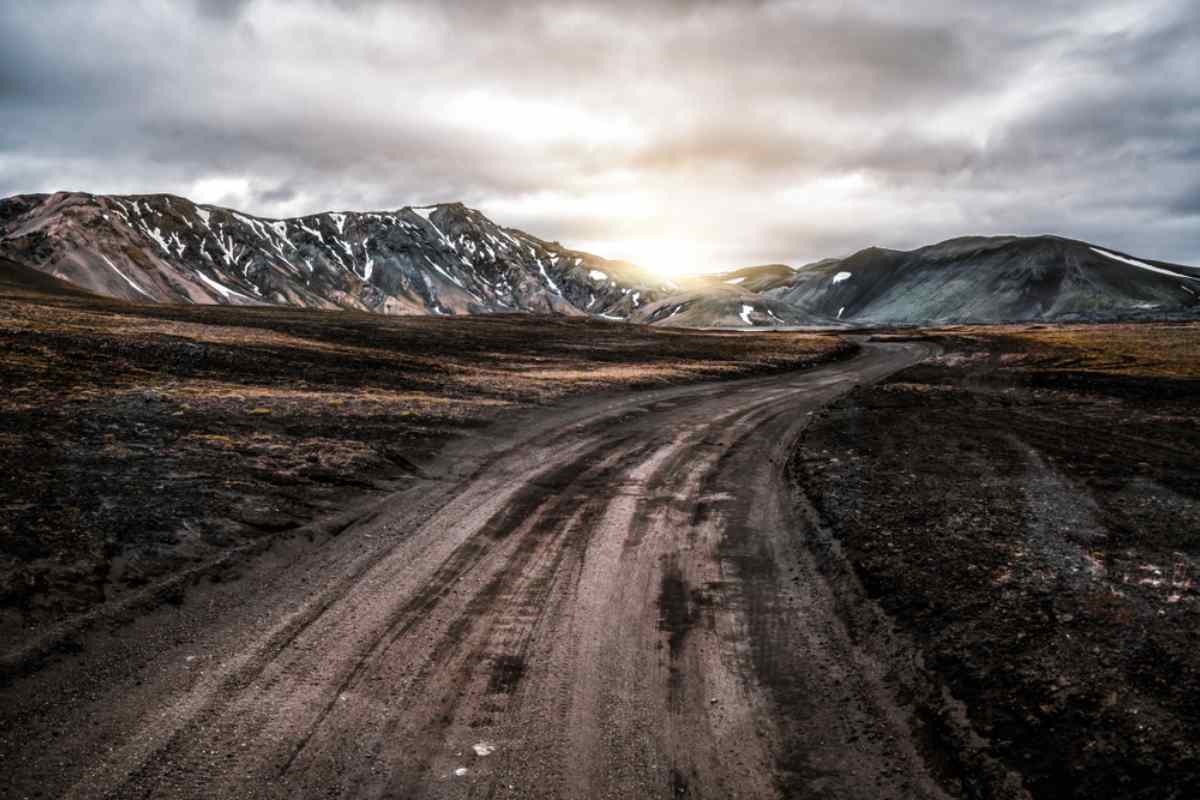
- Ice patches that form during sunrise and sunset.
- Snowfall that can make visibility a challenge.
- Black Ice (especially dangerous when even more camouflaged in the shade).
- Snow piling up on our “roads less travelled” that are not as regularly maintained and ploughed as our main roads.
- Gravel roads that become muddy and slippery when wet.
- Our legendary winds! They can sometimes blow so hard that holding onto the steering wheel and steering the car is merely an illusion. This type of situation can become particularly real when driving in open areas and being subjected to sudden gusts of wind.
Road Closures and F-Road Restrictions
Here's the deal with our adrenaline-pumping F-roads: in winter, these rough-and-tough mountain roads are off-limits unless you join a guided super jeep tour. Never attempt to sneak through, you'll end up stuck, fined, or both, and it can take a long time for our rescue teams to reach you.
The F-roads are closed annually from September to June (with official closing and opening dates dependent on the weather conditions that year), so road trips through the Highlands and the Westfjords should be kept for the summer.
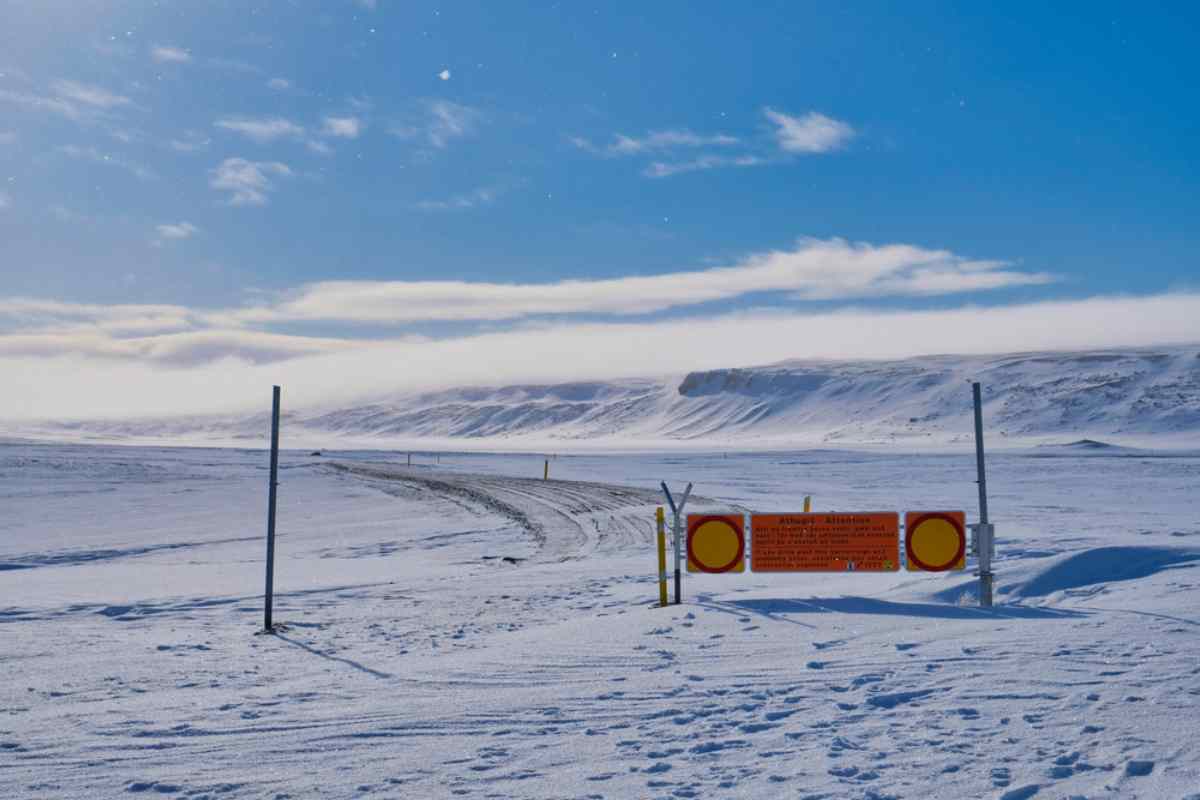
However, as we already touched on, even our main and well-maintained roads can be hit by the weather and other unforeseen circumstances (that’s life, right?) So, you’ll need to keep a close eye on our weather forecasts and our road condition updates to stay one step ahead of sudden road closures.
How to Check Road and Weather Conditions
When doing an Iceland road trip in winter, the following sites are considered go-to essentials:
- Umferdin. Here you’ll find real-time information and updates on current road conditions, closures, and receive other warning notifications (such as during volcanic eruptions).
- Vedur. Here you’ll find reliable weather forecasts from the Icelandic Meteorological Office. You can also find wind alerts and predictions regarding the Northern Lights on the site.
- Pro tip: don’t just stick to websites. Download the Veður app, the 112 Iceland app, and the SafeTravel app before your trip. They provide real-time alerts straight to your phone, many features work offline when reception drops, and 112 Iceland even lets you share your travel plan with authorities for extra safety.
Get into the habit of looking at both sites every morning and before heading out on a drive. Keep your itinerary flexible enough during the wintertime so it’s alright to stay in and enjoy a hot chocolate when things look a little dicey outside. Our breathtaking landscapes will still be there tomorrow.
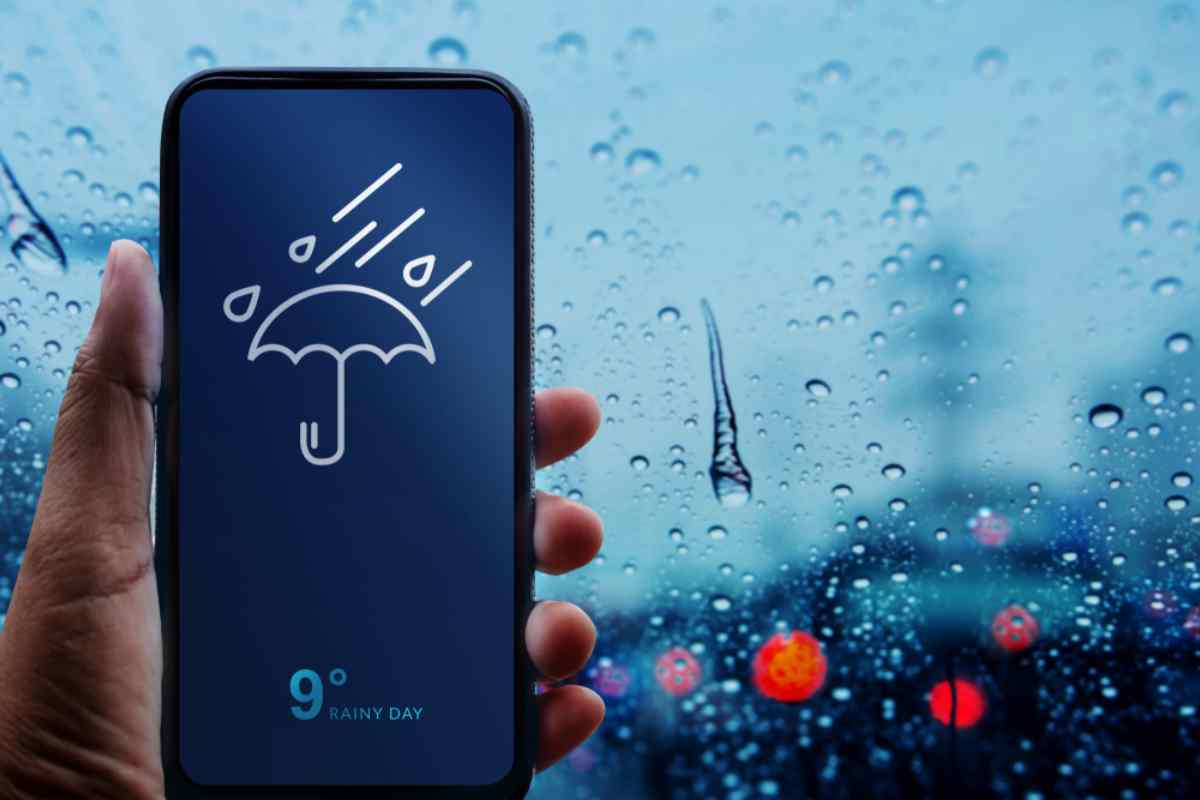
Choosing the Right Car for Winter Driving
The vehicle you use to take on our winter weather and road conditions can make or break your trip to Iceland. Here’s what you need to consider when choosing a rental:
Do You Really Need a 4x4?
The short answer? A resounding “Yes!” if you want to travel beyond Reykjavik or main roads like the Golden Circle. A 4x4 will help you have that grip, balance, and peace of mind that our winter roads require. While a 2WD with winter tires might suffice for city driving, why limit your options or the potential for adventure?
Campervans in Winter: Yes, or No?
Campervans are awesome, offering quite a few perks. We’ve also long-since surpassed the days when campervan options were so limited that driving in Iceland in winter would be practically impossible.
Today, you’ll find various sizes, 2-wheel drives, and 4-wheel drives to suit every personal preference and trip itinerary requirement. Just keep the following in mind when deciding on tackling a winter road trip in a camper:
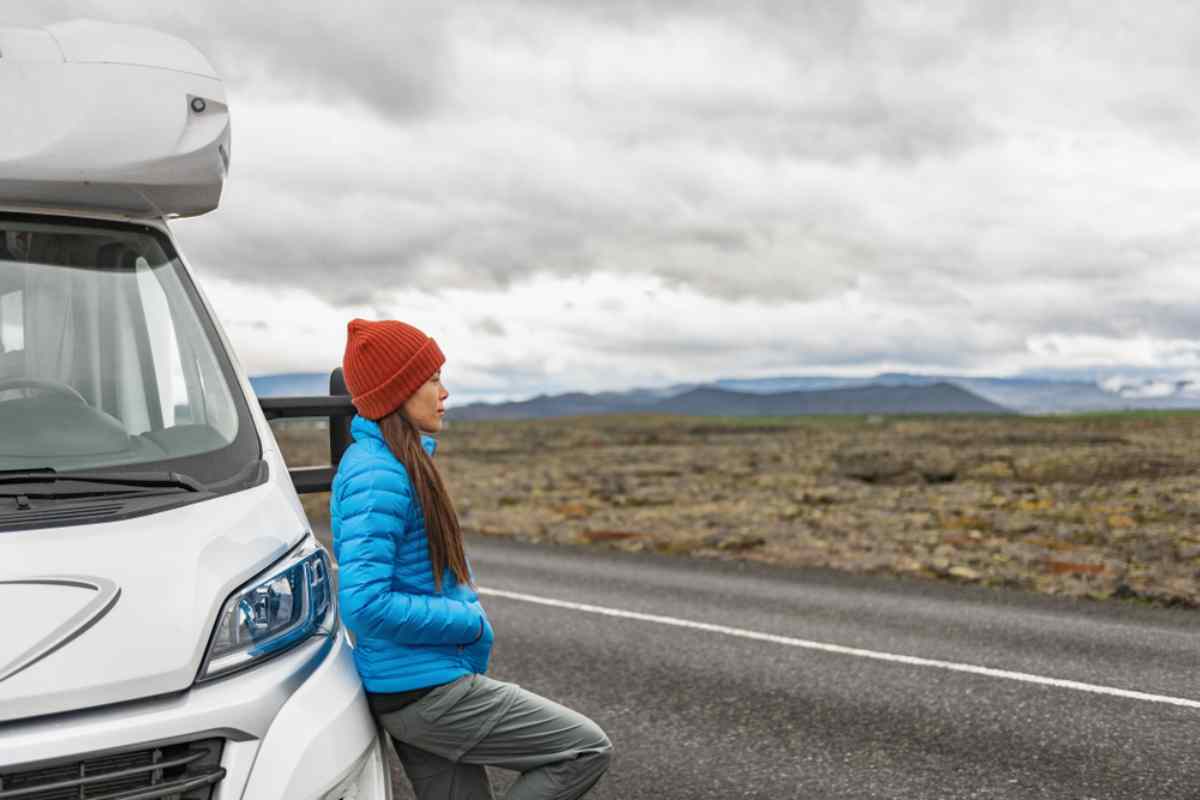
- Campervans are great since they serve as both transport and accommodation, allowing you to take advantage of our super-affordable campsites. However, certain campsites are closed throughout the colder months of the year, making available options fewer. Since it’s also illegal to park or camp in a site that’s not specifically dedicated to the same, you’ll need to plan your overnights properly.
- Additionally, our Camping Card, which offers even more savings, is not valid during our winter season.
- It's winter in Iceland. A campervan may offer some heating, but it will never match up to a well-insulated hotel and warm ACs. So, if you’re someone who gets cold easily, you’ll need to bring loads of extra warm PJs and blankets. And don’t even get us started on campervans without bathroom facilities if you’re someone who usually has to attend to “business” throughout the night.
- Gas stations become less frequent once you leave Reykjavik and other major towns. Many stations are completely automated, which means you’ll need a credit or debit card with a PIN code to pay. Always fill up before a long drive in winter, it’s not just convenient, it’s essential. Running low on fuel in freezing conditions or remote areas can quickly turn from uncomfortable to dangerous.
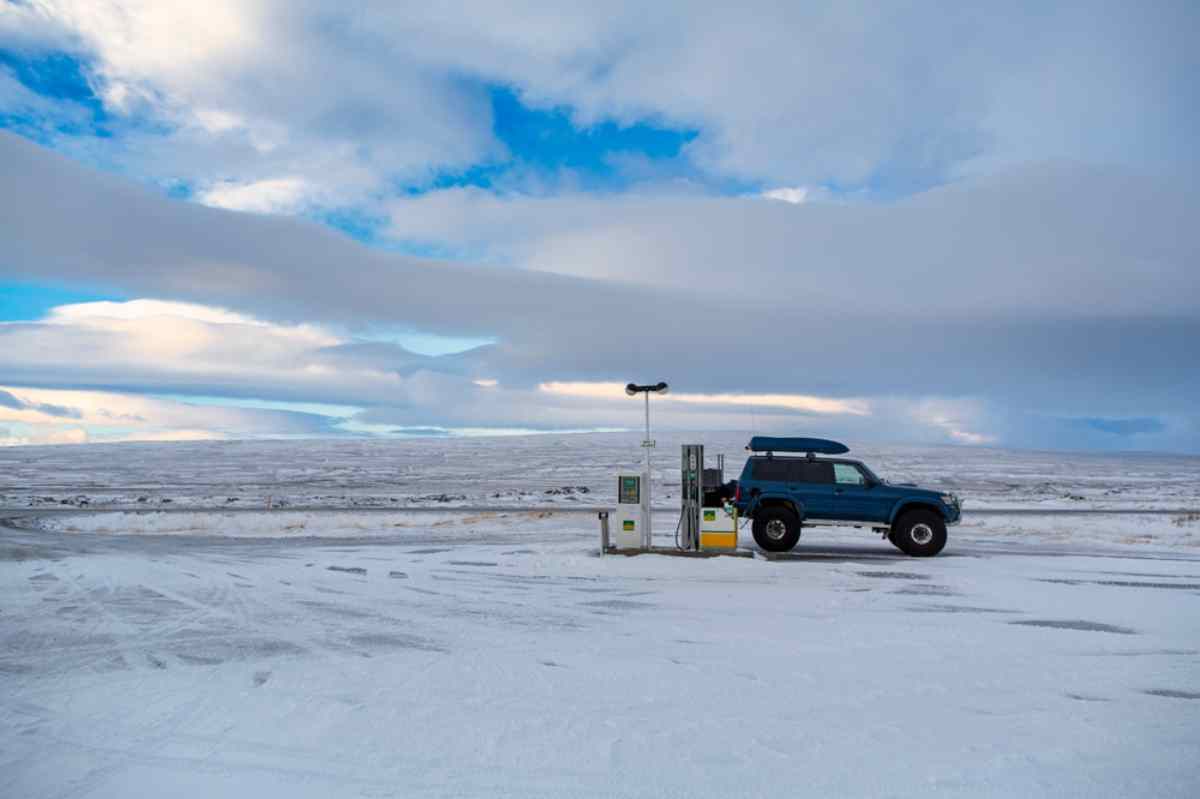
Studded Tires and Insurance Tips
Every winter rental we offer comes with studded or top-notch winter tires (we adhere to the law and don’t compromise on safety). Each rental also comes with mandatory Third Party Liability Insurance. However, you can consider the following when it comes to insurance:
- Gravel Protection. Thanks to our many little gravel roads (this includes many off-ramps to our famous attractions), little flying rocks and stones can cause a lot of damage you definitely don’t want to pay out of pocket for.
- Sand and Ash Protection. A must-have for southern trips where volcanic ash and beach sand combined with our legendary winds can give your car an unplanned (and definitely unwanted!) body scrub.
- Windshield and Tire Cover. Because our unpredictable weather, legendary winds, and road conditions can have unexpected consequences.
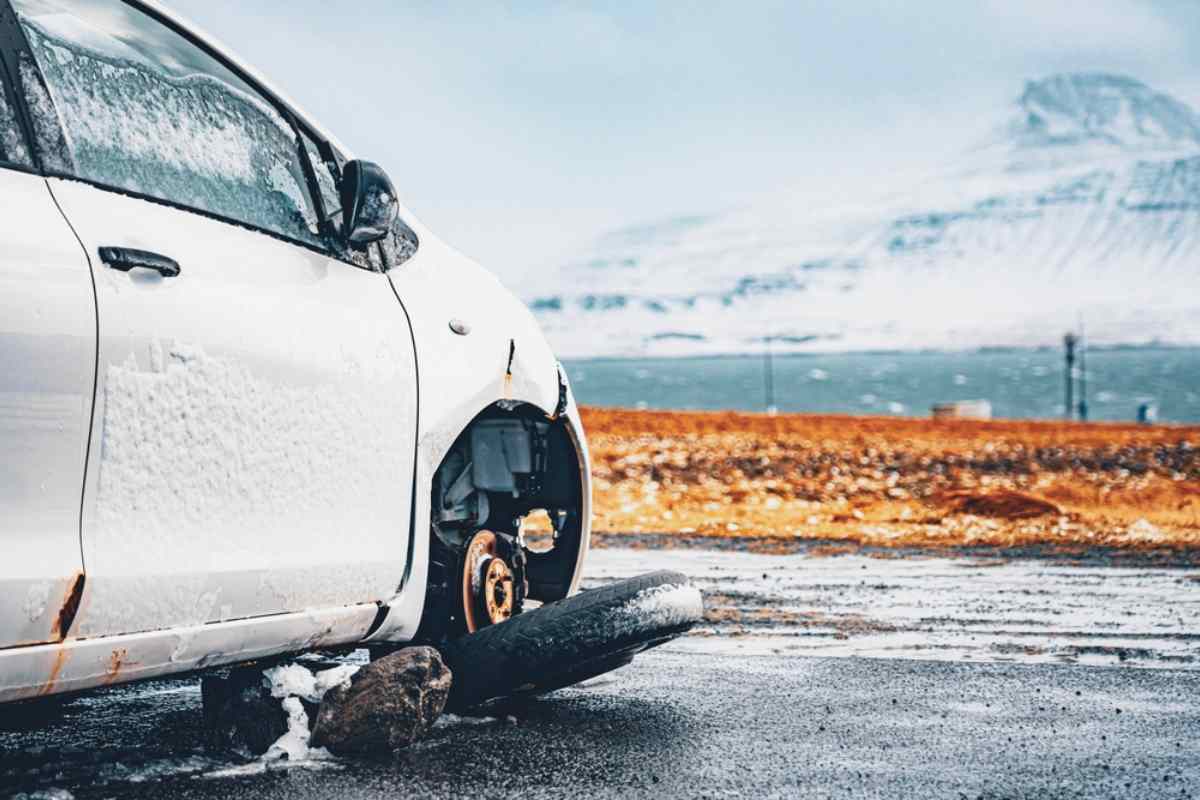
And it’s not just about damages: breaking local rules can hit your wallet hard, too. A rescue from the Highlands can easily cost several thousand dollars, and fines for driving on closed F-roads or camping outside designated areas typically range from $300 to $1,000. These aren’t just minor inconveniences, they can completely derail your trip.
If you’re still unsure about the insurance coverage you’ll need for your specific vehicle and trip itinerary, just give us a shout; we’ll be happy to assist.
Where to Drive in Winter: Safe and Scenic Routes
If you’re wondering which routes are safe and scenic enough to claim a spot on your winter road trip itinerary, the following come highly recommended:
Golden Circle in Winter
The Golden Circle offers a great introduction to winter driving in Iceland. It’s a short loop road that starts from the capital city and is a great option for those with limited time on the island. This enchanting route includes highlights such as:
- Thingvellir National Park: The origin story of Iceland’s parliament.
- Geysir Geothermal Area: Witness Strokkur’s watery eruption into the winter sky every 10 minutes.
- Gullfoss Waterfall: Look at nature's half-frozen, two-tiered wonder.
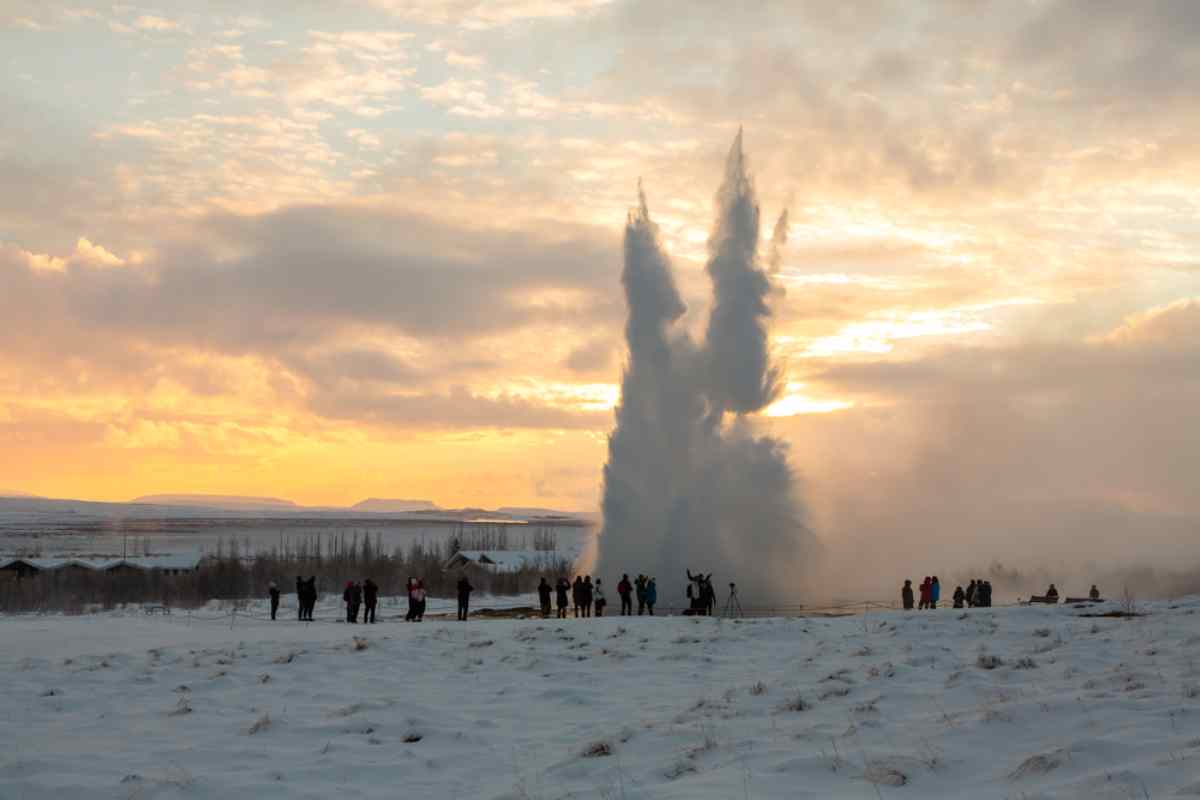
South Coast to Jökulsárlón
For a memorable winter road trip in Iceland, travel along the South Coast to the beautiful Jökulsárlón Glacier Lagoon. Some highlights on this route include:
- Seljalandsfoss and Skógafoss Waterfalls: Some of the most impressive water displays here on the island.
- Reynisfjara Black Sand Beach: Here you can watch the waves batter the basalt.
- Vík: A quaint little seaside village.
- Jökulsárlón and Diamond Beach: Two icy neighbors that will leave you in awe.
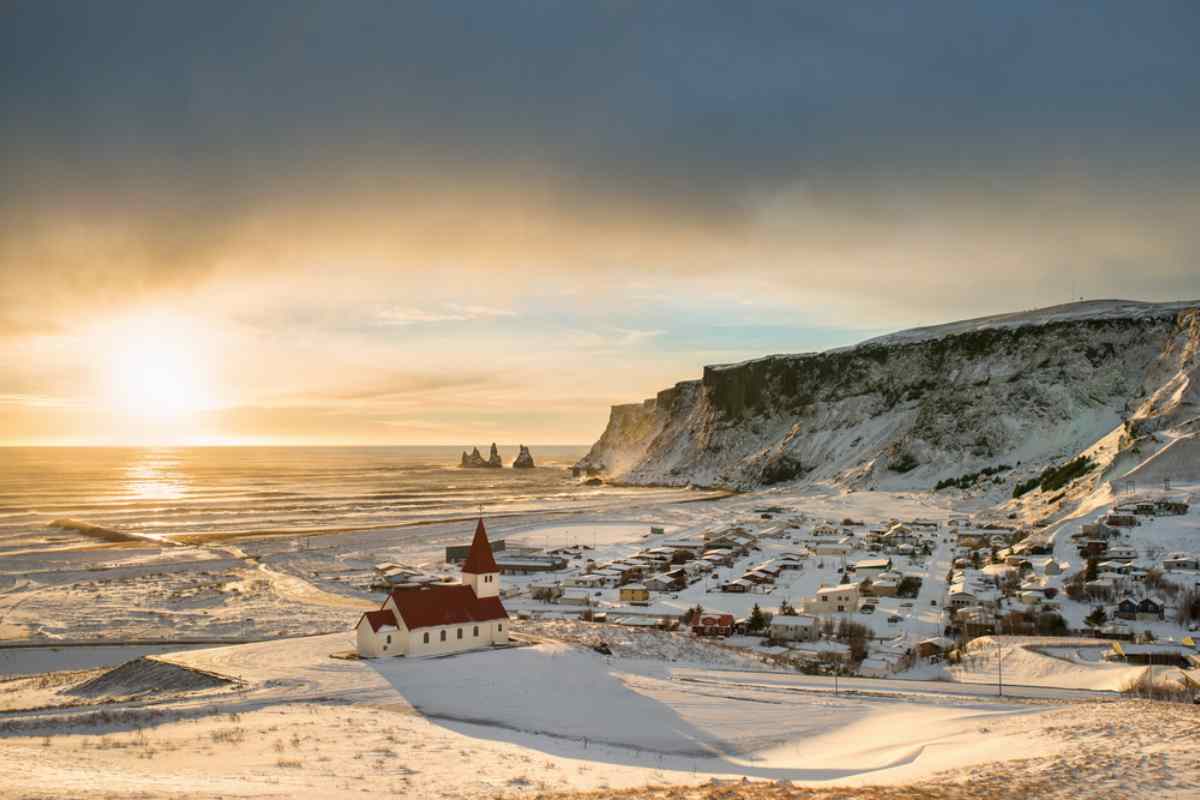
Alternative Option: Snæfellsnes Peninsula
Visit what is referred to as “Mini Iceland” because it offers a taster of everything the island has to offer. When exploring this area, we recommend using a 4x4 vehicle. Here are a couple of highlights you can expect along the way:
- Snæfellsjökull glacier-volcano: The inspiration for Journey Into the Center of the Earth by Jules Verne.
- Kirkjufell Mountain: Our most captured peak looks great in a winter coat.
Winter Driving Tips for Tourists
If this will be your first time driving in our winter conditions, the following tips and advice will be helpful:
Adjusting Your Itinerary and Timing
Winter means short days (you’re looking at just 4-5 hours of daylight in December and January). For example, in mid-December the sun typically rises after 11:00 am and sets before 4:00 pm, giving you a very tight window to explore safely.
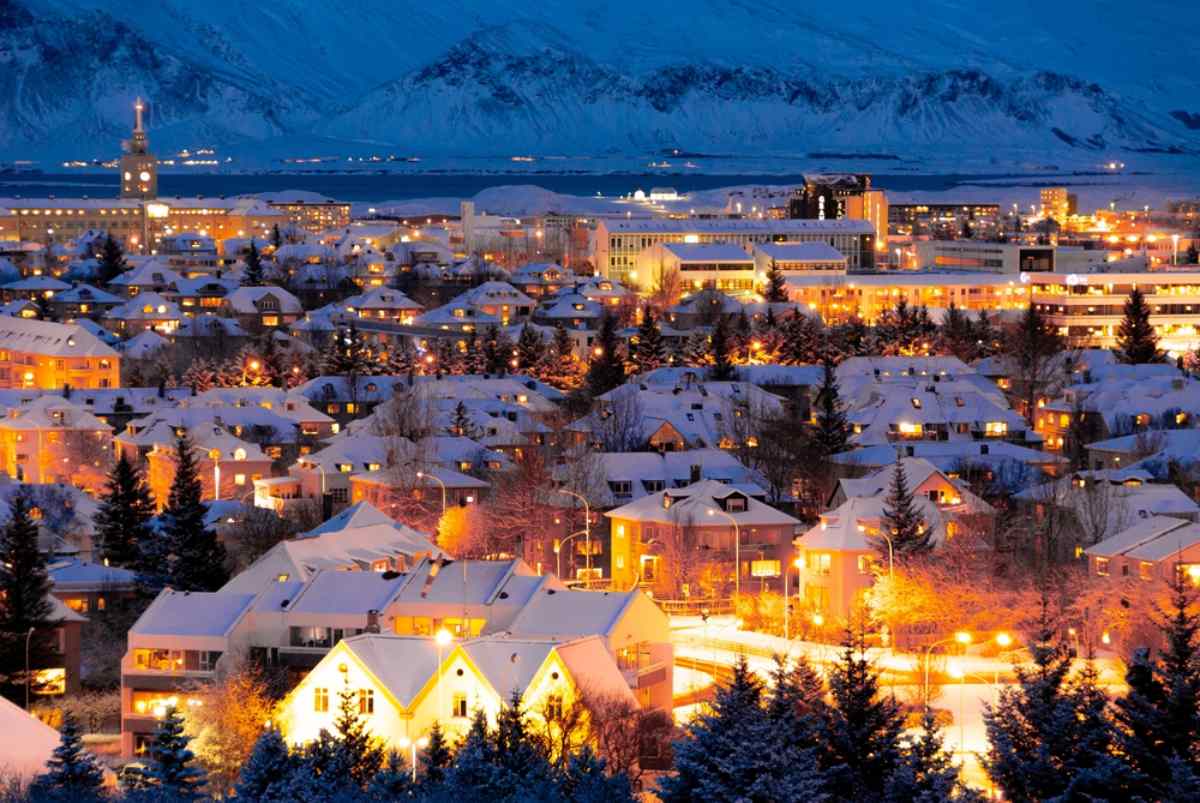
We suggest scheduling your adventures during the daytime (for your own safety) and avoiding any ambitious plans (leave the jam-packed trip itinerary for our warmer months). And remember to keep your itinerary flexible so any winter hiccups don’t completely derail your plans.
How to Handle Wind, Snow, and Ice
- Drive slower than usual. Those speed limit signs in Iceland? They work well for perfect summer days, but winter may require a tortoise-like pace.
- Keep safe distances. Ice turns braking distances into sliding adventures, leave three times your usual gap between cars.
- Grip the wheel with both hands. The wind in Iceland can push your vehicle around when you least expect it.
- Please keep your headlights on, even during the day. It not only improves visibility for you, but also helps others see you.
Emergency Planning and Safety Essentials
- Always keep essential electronic devices charged. Car chargers, power banks-you name it-you will thank yourself.
- Pack essential additional extras. Bring extra rations of food (that doesn’t spoil easily) and water, so any delays and emergencies don’t turn into a Discovery documentary.
- Save our emergency number, 112, on your phone. Call this number for any emergency, whether a breakdown, an accident, a medical emergency, or a fire.
- Inform others of your travel plans, whether your accommodation in Iceland, or friends and family back home. We also recommend using Safetravel to log and share your itinerary.
- Tech and signals can fail, so bring a few hard-copy maps along and download a few offline maps to ensure you always have a backup for navigating.
- And here’s the part most travelers don’t think about: what to do if you actually get stuck. The safest move is to stay inside the car, since it provides the best shelter. Run the engine in intervals to keep warm, but crack a window slightly to avoid carbon monoxide buildup. Whatever you do, don’t walk out into a storm. Instead, switch on your hazard lights and wait for assistance to arrive.

Common Mistakes to Avoid
Try to sidestep the following common mistakes when driving in Iceland in winter:
Misjudging Distances or Daylight
Iceland may be a small island, and everything may seem closer on the maps, but you need to heed the kilometers/miles in between as well as the available daylight hours, and remember that our winter conditions will require careful driving that takes longer.
Ignoring Weather Warnings
Winter is not the time to have a push-through attitude when the weather turns on you. Instead of slip-sliding across the roads or getting stuck in the snow, why not opt for a day of exploring our fascinating museums or relaxing in one of our quaint little cafes?
Underestimating the Wind
Our powerful winds can transform car doors into wings. Park so that you face the wind, and hold onto those doors when you open and close them.
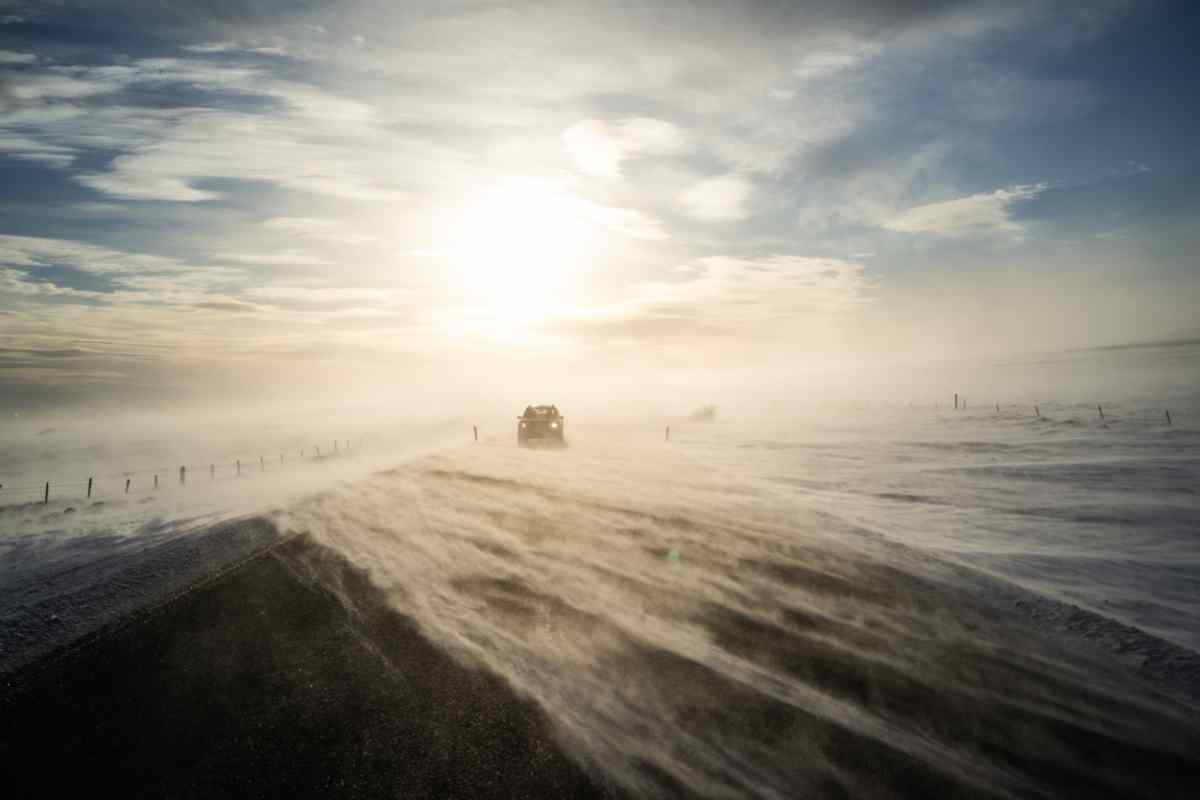
FAQs About Winter Driving in Iceland
Below you will find the answers to some of our most frequently asked questions about winter driving in Iceland:
Is It Safe to Drive in Iceland in Winter?
Yes! Driving in Iceland in winter is not dangerous if you’re prepared, drive safely, and have the right vehicle.
Do I Need a 4x4?
For an Iceland road trip in winter, we highly recommend renting a 4x4. Not just so you don’t restrict your Iceland adventures, but also for peace of mind.
Can I Drive the F-roads in Winter?
The Icelandic F-roads are closed during winter, so keep your trips through the Highlands and the Westfjords for the summer season.
How Much Daylight Can I Expect When Driving in Iceland in Winter?
In mid-winter, you'll see light for about 4-5 hours each day. But it does give you ample opportunity for taking extended hot chocolate breaks and looking for the Northern Lights!
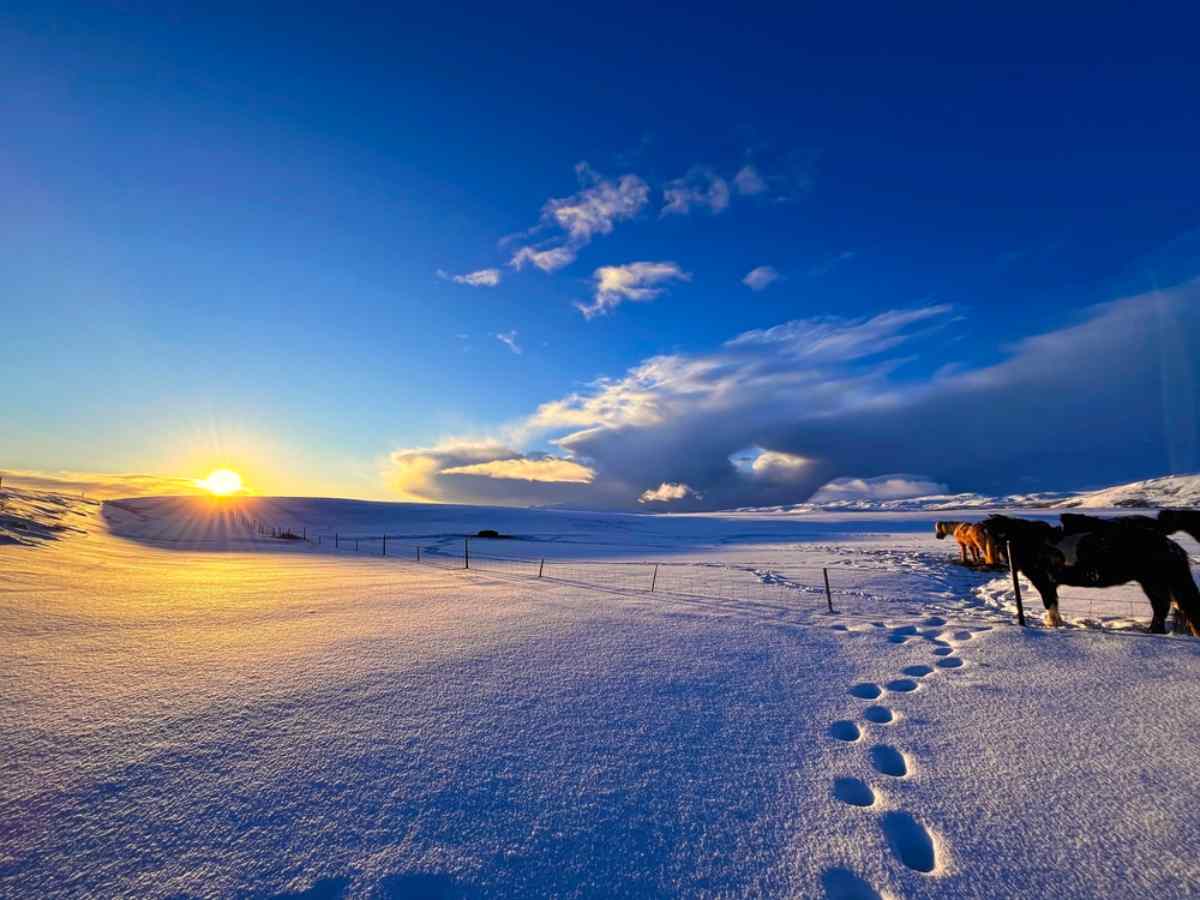
What About Insurance When Driving in Iceland in Winter?
For your Iceland self-drive winter trip, we recommend the following additional insurance options, depending on your specific itinerary: Gravel, Sand, and Ash Protection, as well as Windshield and Tire Protection. If you’re not entirely sure which of these you will need, simply chat to your rental agent.
Are Campervans a Good Idea in Winter?
Whether you should opt for a campervan for your winter road trip around the country will depend on various factors, including your trip itinerary and personal preference. However, you can rest assured that there are enough options, ranging from different sizes and various 2- and 4-wheel drives.
Final Thoughts: Should You Drive in Iceland in Winter?
Although driving in Iceland in winter may be a bit more challenging, you can look forward to breathtaking winter wonderland landscapes, the chance to spot the Northern Lights, and exciting adventures, such as exploring our ice caves.
Just keep our key tips in mind when you need to head out: ensure you’ve rented the right vehicle in Iceland, check the weather, pay attention to road conditions, and drive carefully. And, most importantly, enjoy!


 By
By


